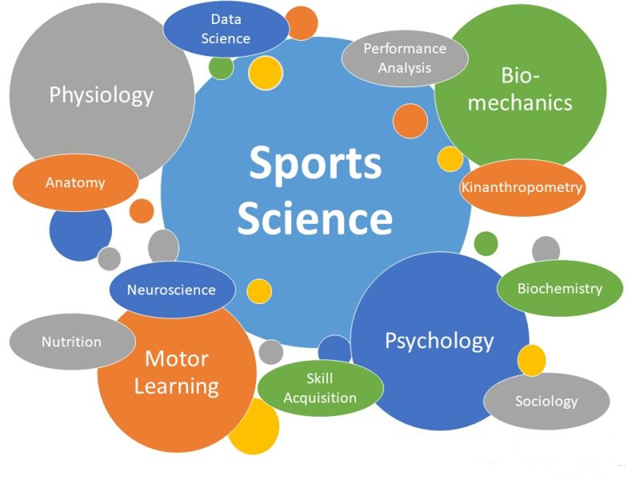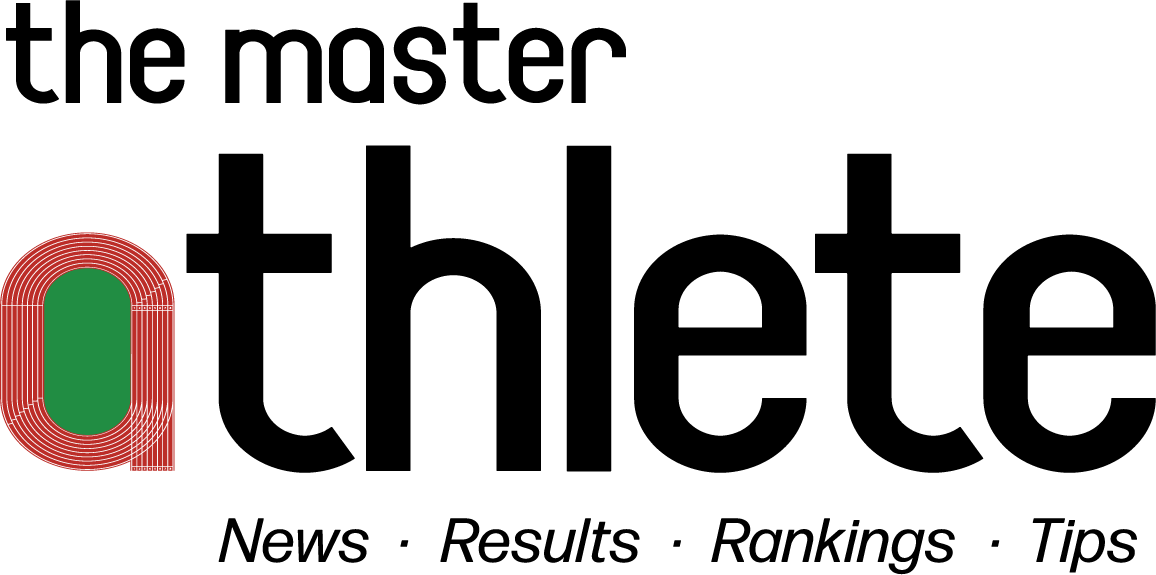| Tanaka & Seals (2007): _“Endurance exercise performance in Masters athletes: age-associated changes and underlying physiological mechanisms” | A foundational review of how endurance performance declines with age even in well-trained masters athletes: shows VO₂max, lactate threshold drop over time; endurance economy is largely preserved. Very useful for quantifying what declines are “inevitable” vs modifiable. PMC+2Physicist’s Online Library+2 | 300-400+ citations (very high) Physicist’s Online Library+1 |
| Invited Review: Tanaka & Seals (2003): “Dynamic exercise performance in Masters athletes: insight into the effects of primary human aging on physiological functional capacity” | Earlier review exploring how ageing affects physical performance in masters athletes; distinguishes effects of healthy ageing from inactivity. PFC = physical tasks, etc. Journal of Physiology | High citation; often paired with the 2007 work in literature reviews |
| Muscle morphology and performance in master athletes: A systematic review and meta-analyses (McKendry, Breen, Shad, Greig, etc., 2019) | Quantifies how much master athletes preserve muscle morphology (fiber size, capillarization, muscle mass) and function compared to younger or untrained older controls. Very relevant for healthspan questions. Pure OAI+1 | Increasing citations (it’s more recent) and seen as a go-to meta-study. |
| “Declining performance of master athletes: silhouettes of the trajectory of healthy human ageing?” (Lazarus & Harridge, 2017/2016) | Uses world records of master athletes to model the shape of decline; argues for a “set-point” theory of exercise/physical activity threshold to age optimally; performance decline mostly linear until very old age when it accelerates. Physicist’s Online Library+2PubMed+2 | ~80-100 citations and widely discussed. |
| “Master athletes have longer telomeres than age-matched non-athletes…” (Systematic review & meta-analysis) | Biological ageing marker study: shows telomere length is better preserved in master athletes vs non-athletes, suggesting molecular / cellular protection by long-term training. PubMed | Moderately high; important in ageing biology domain. |
| “Master Athletes Are Extending the Limits of Human Endurance” | Studies trends in performance improvements in masters endurance / ultra-endurance over time, gender differences, how declines vary by discipline, etc. Emphasises that the participation and performance of masters in long events is improving faster than younger age groups in some cases. PubMed+1 | Growing citation; frequently used in discussions about trends. |
| “Anthropometric, physical function and general health markers of Masters athletes: a cross-sectional study” | Empirical data comparing masters athletes (male & female) at a large Masters Games event with physical function, body composition, etc. Helps ground theory in cross‐sectional outcomes. PubMed | Good visibility in applied / health ageing literature. |
| “Sprint and endurance power and ageing: an analysis of master athletic world records” | Uses a large data set of masters world records to examine differences in how sprint vs endurance decline with age; helps quantify how event type matters. Royal Society Publishing | Often cited for performance curve modelling. |
| “Association between age and muscle function, architecture, and composition in long-distance master runners: a cross-sectional study” | More recent, uses ultrasound, torque, etc., to measure how muscle architecture (e.g. fascicle length, pennation), composition, function correlate with age in long‐distance masters runners. Offers more mechanistic insight. PubMed | Lower absolute citation than older ones but highly relevant and used in many recent works. |
| “The aging of elite male athletes: age-related changes in performance and skeletal muscle structure and function” | Looks at degree to which being elite/master athlete status mitigates muscle and performance loss vs control groups. Useful for understanding how much ageing can be “attenuated.” PubMed | Moderate, but often referenced in reviews of muscle aging. |




